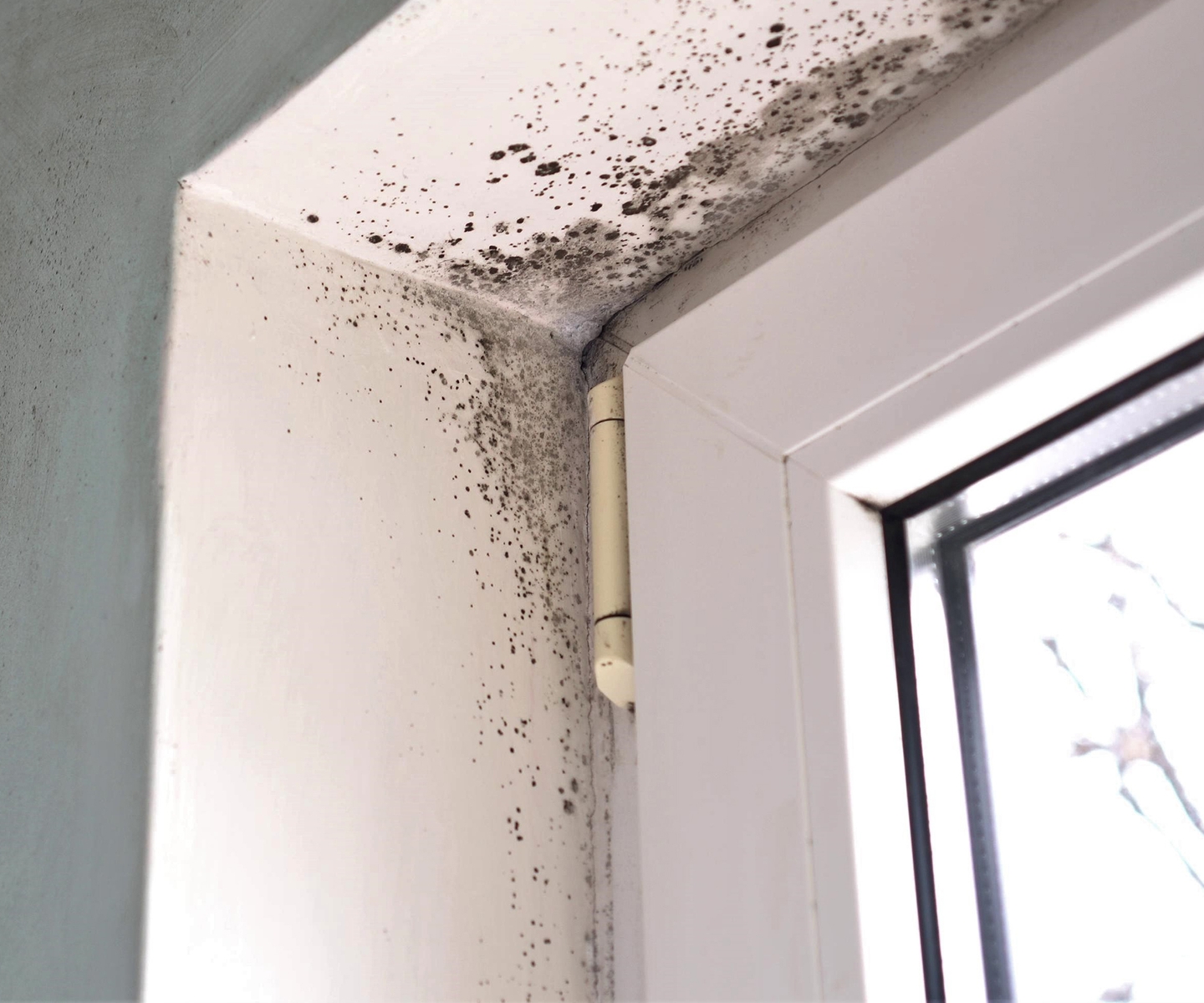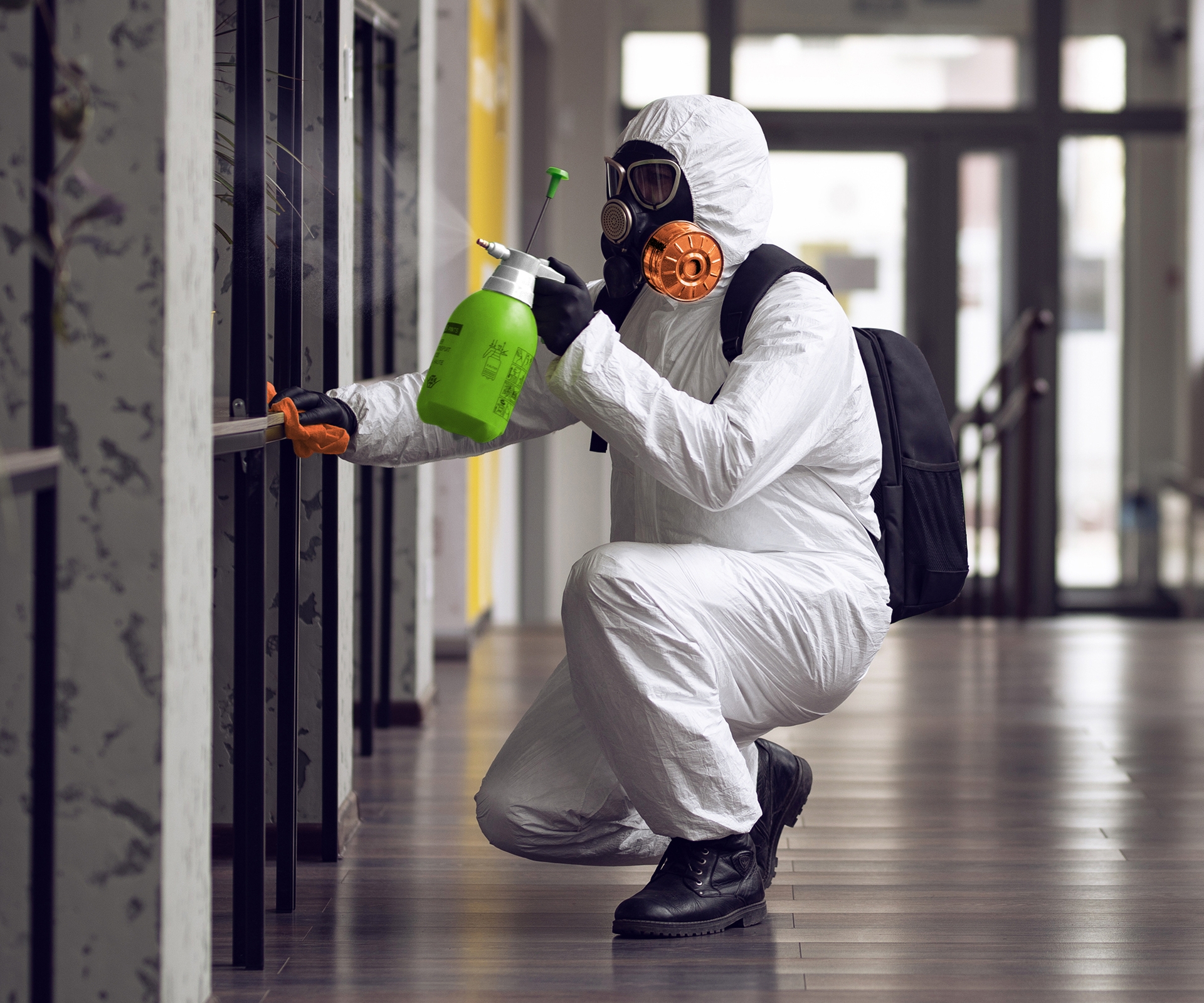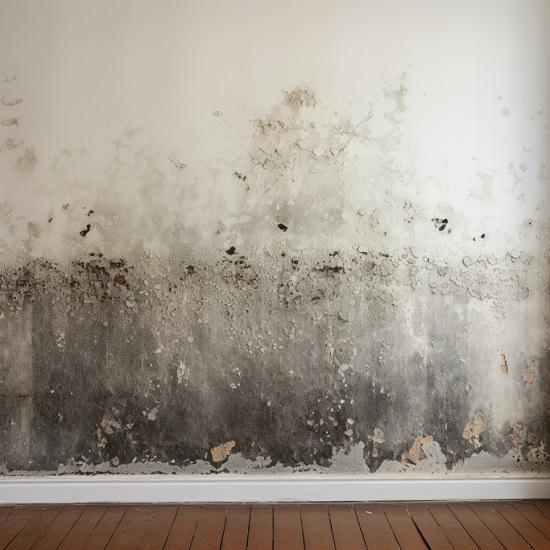Your Ultimate Guide to Article Mold Remediation Methods
Navigating the world of post-mold removal techniques is a thorough process that requires attention to detail and an extensive understanding of the intricacies entailed. In the consequences of mold and mildew problem, recognizing how to successfully eliminate the mold and mildew and prevent its reoccurrence is paramount for preserving a healthy indoor environment. From choosing the best cleansing and decontaminating techniques to implementing techniques for long-lasting mold and mildew avoidance, each action in the remediation trip plays an important function in guaranteeing an effective result. As we start this exploration of post-mold remediation strategies, we will certainly uncover the essential approaches and ideal techniques that can assist you restore your area to its pre-mold condition and protect it against future mold dangers.
Comprehending Post-Mold Removal Process
After completing the mold and mildew removal process, it is crucial to understand the post-mold remediation techniques that are required to make certain a efficient and extensive clean-up. When the mold has actually been removed, the following action involves cleaning and disinfecting the influenced locations to stop any kind of regrowth of mold and mildew. This consists of using specialized cleaning up representatives to wipe down surfaces and eliminate any kind of continuing to be mold spores. It is necessary to dry out the location entirely to inhibit the development of mold in the future (Post Remediation verification). Proper ventilation and dehumidification can assist in this process.
Additionally, performing a last examination post-remediation is essential to make sure that all mold and mildew has been successfully eliminated. This inspection ought to include a thorough visual check in addition to potentially air sampling to validate the absence of mold spores airborne. Additional remediation might be required if the evaluation reveals any type of sticking around mold. Enlightening owners on preventative actions such as managing wetness levels and quickly resolving any water leaks can assist preserve a mold-free setting.
Efficient Cleaning and Decontaminating Approaches

Protecting Against Future Mold And Mildew Growth

Importance of Proper Air Flow
Correct air flow plays a critical duty in stopping moisture buildup, a key consider mold growth within indoor environments. Reliable ventilation systems aid remove excess humidity from the air, decreasing the chances of mold spores finding the wetness they need to spread out and germinate. Without ample air flow, indoor areas can end up being a breeding place for mold, bring about prospective wellness risks and architectural damages.
By making certain correct air blood circulation, ventilation systems can also help in drying wet locations faster after water damages or flooding occurrences, even more discouraging mold and mildew growth. After mold remediation. Precede like bathrooms, cellars, attics, and cooking areas where dampness levels tend to be higher, installing and maintaining effective air flow systems sites is vital in avoiding mold infestations

Tracking and Upkeep Tips
Offered the critical role that proper air flow plays in protecting against mold and mildew development, it is vital to develop reliable surveillance and upkeep ideas to make sure the continued capability of air flow systems. Regular examinations of air flow systems must be conducted to look for any indications of obstructions, leaks, or malfunctions that might impede proper airflow. Tracking humidity levels within the building is additionally crucial, as high humidity can add to mold and mildew growth. Mounting a hygrometer can help track moisture levels and alert home owners to any type of spikes that might require interest. Furthermore, ensuring that air filters are consistently cleaned or replaced is crucial for preserving the performance of the air flow system. Executing a timetable for regular maintenance jobs, such as air duct cleansing and a/c system assessments, can aid stop problems before they escalate. By remaining aggressive and alert to the condition of air flow systems, homeowner can effectively minimize the threat of mold and mildew regrowth and keep a healthy and balanced interior setting.
Conclusion
To conclude, post-mold remediation methods are vital for guaranteeing a clean and safe atmosphere. Recognizing the process, executing reliable cleaning and sanitizing methods, stopping future mold and mildew growth, keeping correct air flow, and routine tracking are all crucial steps in the removal procedure. By adhering to these guidelines, you can successfully eliminate mold and mildew and avoid its return, advertising a healthy and balanced living or functioning space for all occupants.
In the after-effects of mold and mildew invasion, knowing how to effectively get rid of the mold and stop its reoccurrence is paramount for preserving a healthy and balanced interior atmosphere. When the mold has actually been removed, the next step involves cleaning and sanitizing the affected locations to stop any kind of regrowth of mold - what to do after mold remediation. After removing visible mold and mildew growth, it is essential to clean up all surfaces in the affected area to eliminate any kind of staying mold spores. To further boost mold why not try these out and mildew avoidance measures, it is vital to resolve underlying issues that at first led to mold and mildew advancement.Offered the crucial role that appropriate air flow plays in stopping mold and mildew growth, it is critical to establish reliable tracking and maintenance pointers to ensure the continued capability of air flow systems
Comments on “After Mold Remediation Methods for Clean Areas”